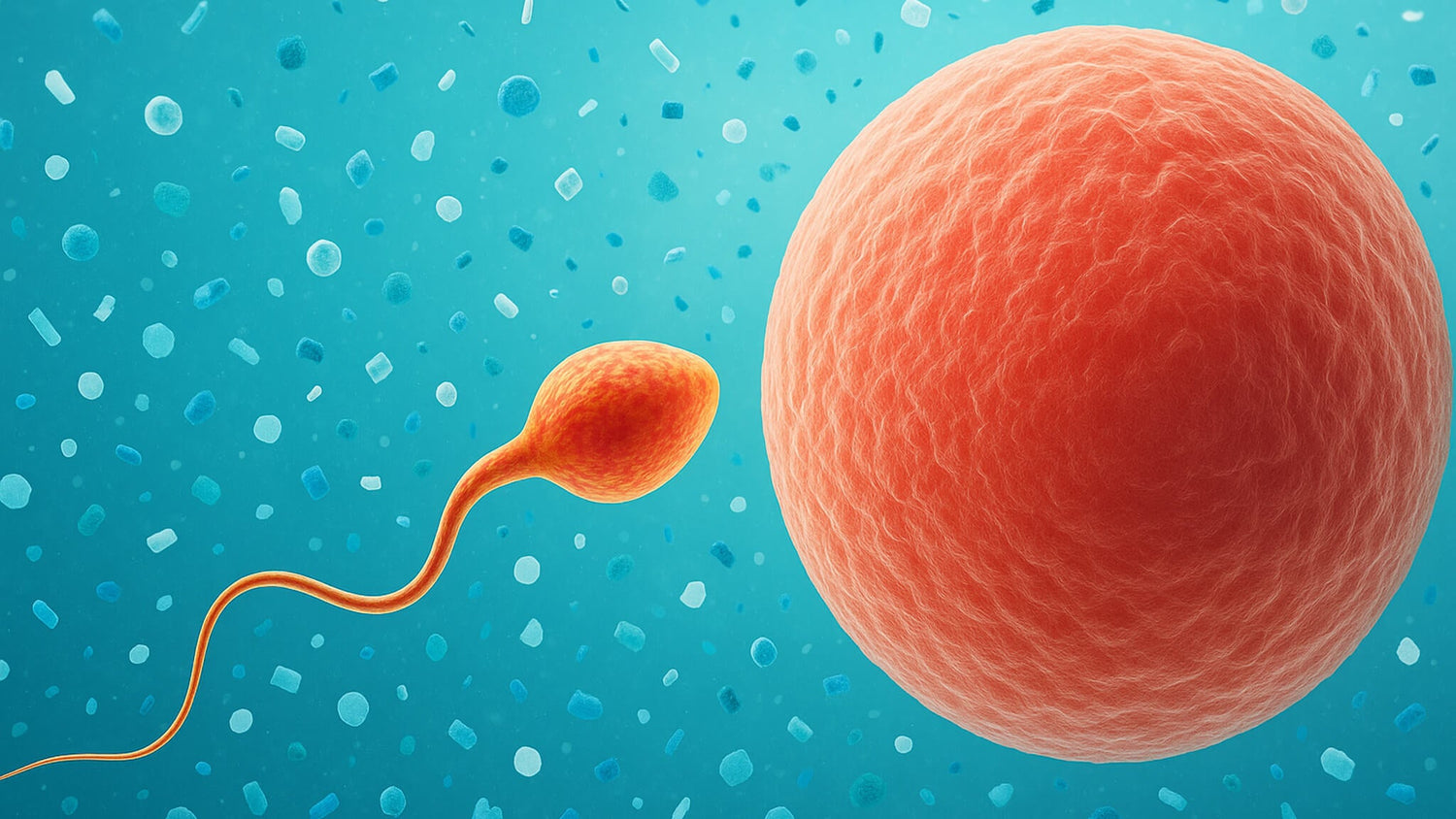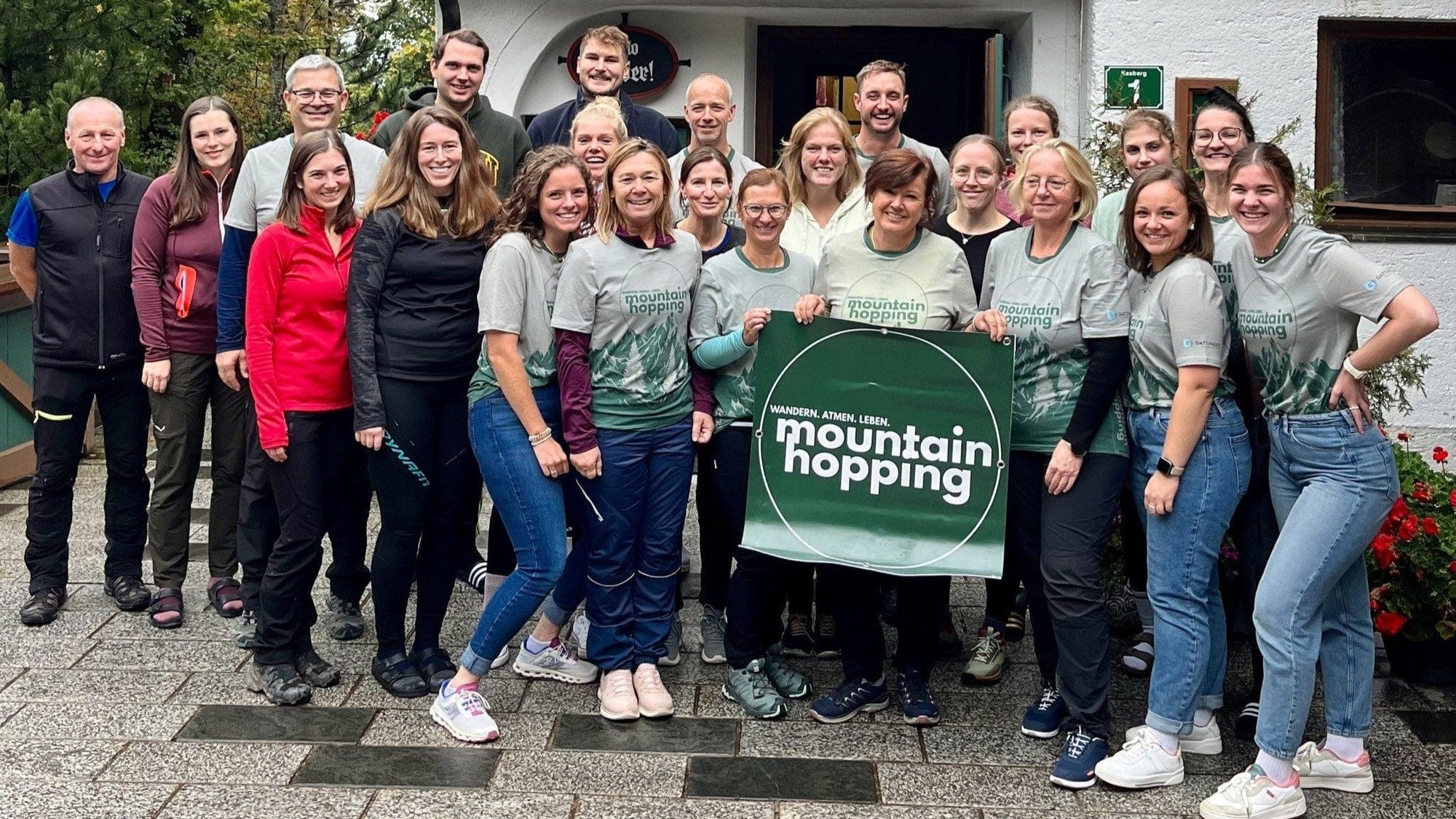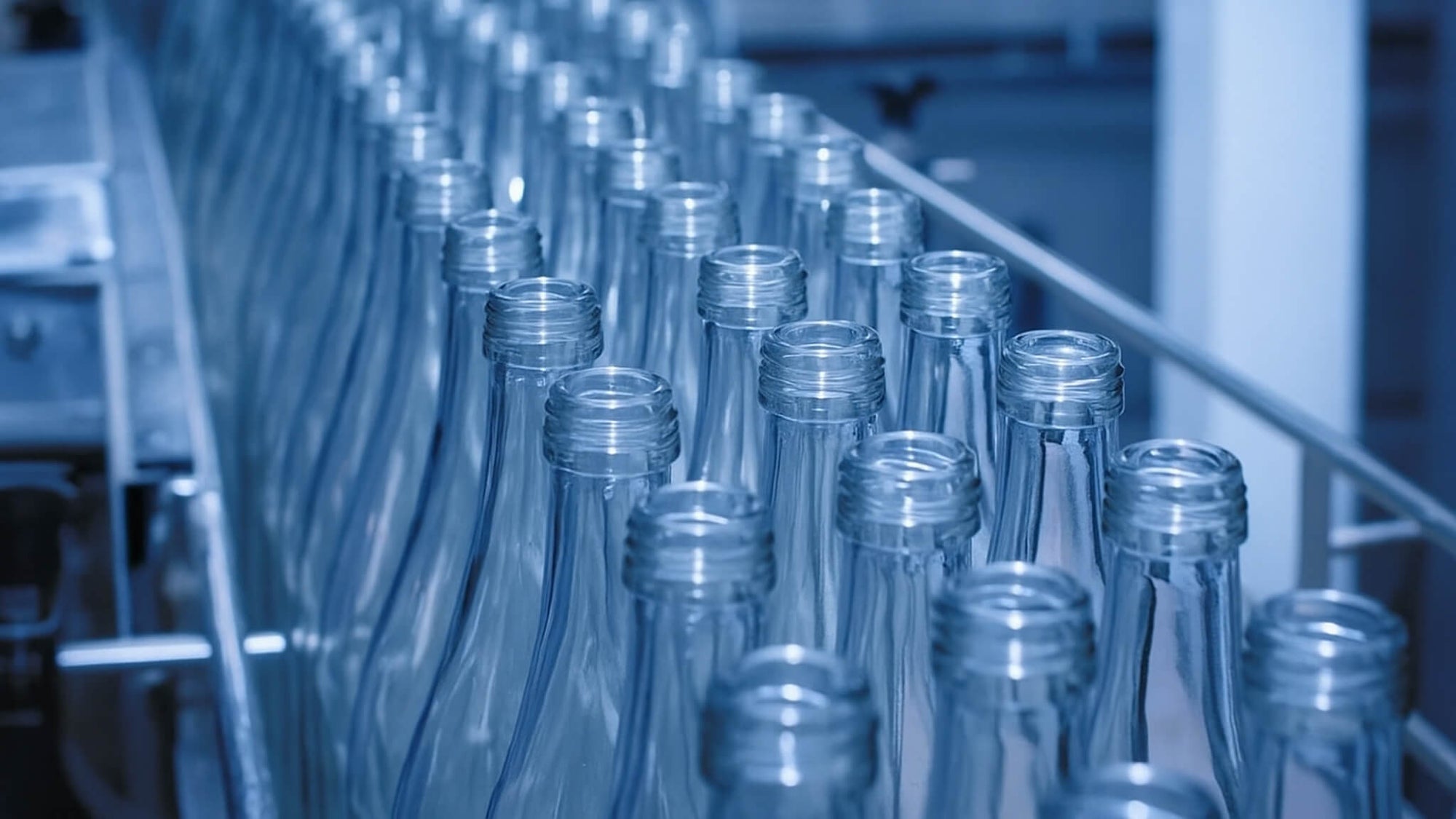In recent years, the burden of micro- and nanoplastics (MNPs) has increased sharply worldwide. These tiny plastic particles, smaller than five millimeters or smaller than 1000 nanometers, penetrate almost all areas of life – from the most remote regions of the earth to our own bodies. Recent studies have shown that MNPs are present not only in our organs but also in our reproductive systems, which can lead to a decreasing sperm count and thus to infertility.
Microplastics in testicles and their effects on fertility
A recent study, led by Chinese-American toxicologist Xiaozhong "John" Yu from the University of New Mexico, examined 23 human testicles and 47 dog testicles for microplastics. The results were alarming: All samples contained micro- and nanoplastics, with human testicles being three times more contaminated than those of dogs. The detailed investigations showed that a higher microplastic load correlates with a lower sperm count. This suggests a potential link between microplastic exposure and infertility.
Ubiquity of microplastics
MNPs can be found almost everywhere: in the air we breathe, in the food we consume, and even in drinking water.
Reinforced by thousands of particles from plastic bottlesfrom which we drink.
This means we consume up to five grams of plastic per week – which is about the amount of a credit card. These particles can accumulate in the body and lead to inflammation, tissue damage and possibly increased cancer metastasis.
The role of clean water
In view of the widespread distribution of microplastics, it is increasingly difficult to escape this burden. This is where KEEGO comes in.
The high-quality, reusable titanium water bottles, which do not release microplastics, provide proven and safer protection against contamination. This also means an increased chance of fertility in the long term.
"Due to my advanced age, I always thought it was me when I didn't get pregnant. Until we both got examined and found out that it was my partner. From that day on, he stopped eating food packaged in plastic and only drank from inert water bottles, like those from KEEGO. After 3 months it worked out and now our son is 2 years old!"
Lisa from Cologne
The solution for clean water
The squeezable titanium water bottles are not only durable and sustainable, they also offer an excellent barrier against microplastics. Unlike plastic bottles, which can themselves be a source of microplastics, titanium ensures that the beverage remains free of these harmful particles.
Some advantages of KEEGO water bottles:
- No release of microplastics: Titanium is inert and does not release any particles that could get into the drinking water.
- Durability and longevity: The bottles are robust and withstand the daily stresses without losing quality.
- Sustainability: By reusing the bottles, we contribute to reducing plastic waste and thus protect our environment from further microplastic pollution.
CONCLUSION
The study results on the effects of microplastics on fertility are worrying and show how important it is to minimize our exposure to these particles. With KEEGO, there is now a sustainable and healthy alternative to ensure that your drink remains free of microplastics.

By consciously switching to environmentally friendly and health-friendly alternatives, we can reduce our exposure to microplastics and make a positive contribution to maintaining our reproductive health.
Sources:


